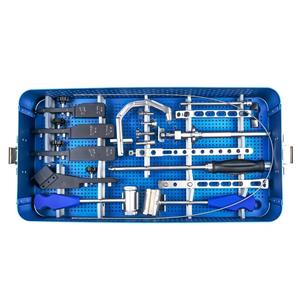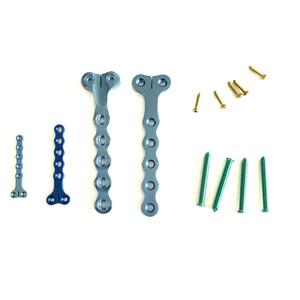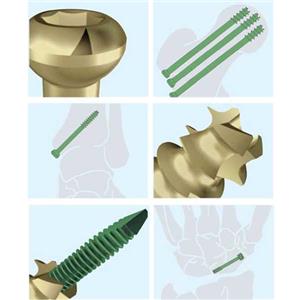Current Status of Simulation-based Training Tools in Orthopedic Surgery: A Systematic Review
Introduction
Halstead’s method of “see one, do one, teach one” has traditionally been the preferred method of surgical training.1 Learning as an “apprentice” in the operating room (OR) was the principal method of gaining skills at any level of a surgical trainee’s learning curve, until relatively recently.1 With increased focus on patient safety, heightened patient expectations, and working time restrictions on weekly working hours, the Halsteadian method of training is now less applicable.2, 3 The successful implementation of simulation within the military and the aviation industries has paved the way for simulation-enhanced training in surgery.3, 4
The benefits of simulation training in the current climate are recognized by most surgical specialties, and increasing numbers of simulators have been developed as a result.5Orthopedic simulation has generally lagged behind other specialties, with fewer validated simulators available, though this trend is now changing.5
Surgical simulators may be divided into several categories, including synthetic bench, animal and human cadaver models, and computer-assisted “virtual reality” (VR) simulators. Before these can be used for training and assessment, they must initially undergo a multiparametric assessment of validity.6, 7 The aim of this study is to identify all of the orthopedic simulators described in the literature and review their validity.
Section snippets
Search Methods
The EMBASE and MEDLINE databases were searched for articles that described orthopedic training models or simulators between 1980 and March 2016. The search strategy employed the following terms: “orthopaedic” or “orthopedic” or “arthros*” and “simulat*.” Duplicates were removed and titles and abstracts were screened for relevance, using the PRISMA guidelines8 (Fig. 1).
Selection Criteria
Articles describing an orthopedic training simulator or validating an existing training model/simulator were included. Articles
Description of Studies
From the original 4430 articles retrieved from the databases, 76 studies11, 12, 13, 14, 15, 16, 17, 18, 19, 20, 21, 22, 23, 24, 25, 26, 27, 28, 29, 30, 31, 32, 33, 34, 35, 36, 37, 38, 39, 40, 41, 42, 43, 44, 45, 46, 47, 48, 49, 50, 51, 52, 53, 54, 55, 56, 57, 58, 59, 60, 61, 62, 63, 64, 65, 66, 67, 68, 69, 70, 71, 72, 73, 74, 75, 76, 77, 78, 79, 80, 81, 82, 83, 84, 85, 86 described orthopedic simulators and met the inclusion criteria (Fig. 1). A large number of promising articles were excluded
Discussion
There is no official list of validation definitions for surgical simulators, although the consensus guidelines by Carter et al.10 provide a robust framework. These guidelines are often not implemented, and different terms are used to describe similar studies between articles. An interspecialty guideline for definitions of validity would prove useful, along with authors explicitly stating their validation studies (which has become more common in recent articles).
Conclusion
Orthopedic simulators predominantly consist of a range of arthroscopy simulators. Although nonarthroscopy orthopedic simulators exist, their numbers are few in comparison to arthroscopy simulators and their validation studies even fewer. This systematic review supports the notion that orthopedic simulators have the potential to translate useful skills into the operating theater. In particular, several arthroscopy simulators are awarded the second-highest LoR. Future work in streamlining




